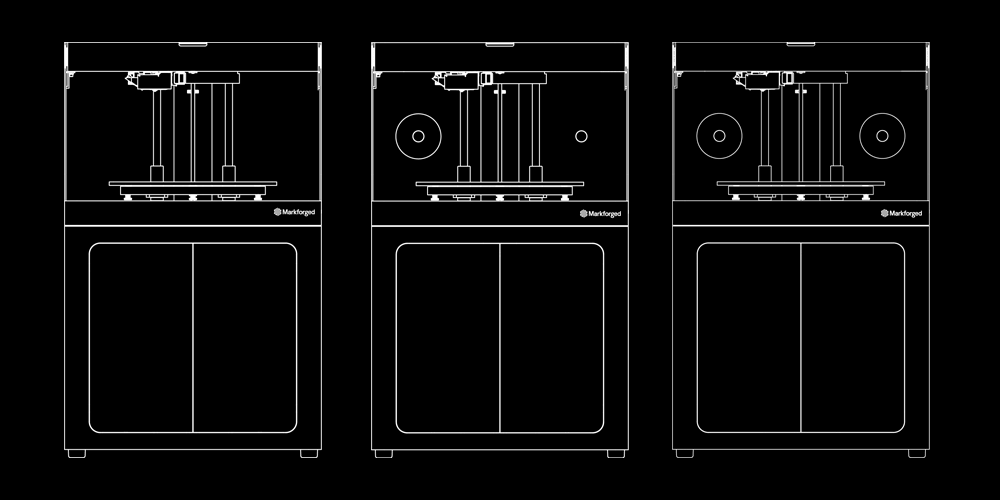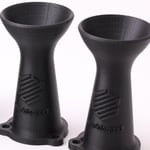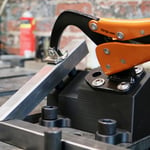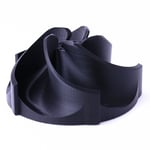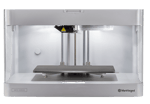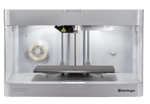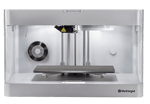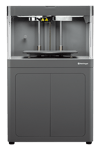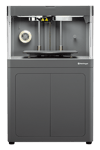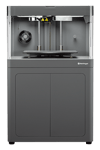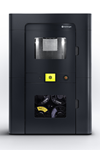Fiberglass
Fiberglass offers high strength at an accessible price. 11x more rigid than ABS, it is perfect for jigs, fixtures, functional prototypes and some end use parts.
HSHT Fiberglass
High Strength High Temperature (HSHT) Fiberglass has more than 2x the strength of standard fiberglass and delivers the highest impact resistance and heat deflection temperatures of any Markforged fiber. This material also offers high elasticity.
Carbon Fiber
Carbon fiber has the highest strength-to-weight ratio. It is strong enough to replace machined aluminum parts at half the weight.
Kevlar
Kevlar fibers are tough, lightweight and can take a beating. They can bend further than any other fiber. With low density and high durability, this material is perfect for applications that involve significant motion or interfacing with production parts.

